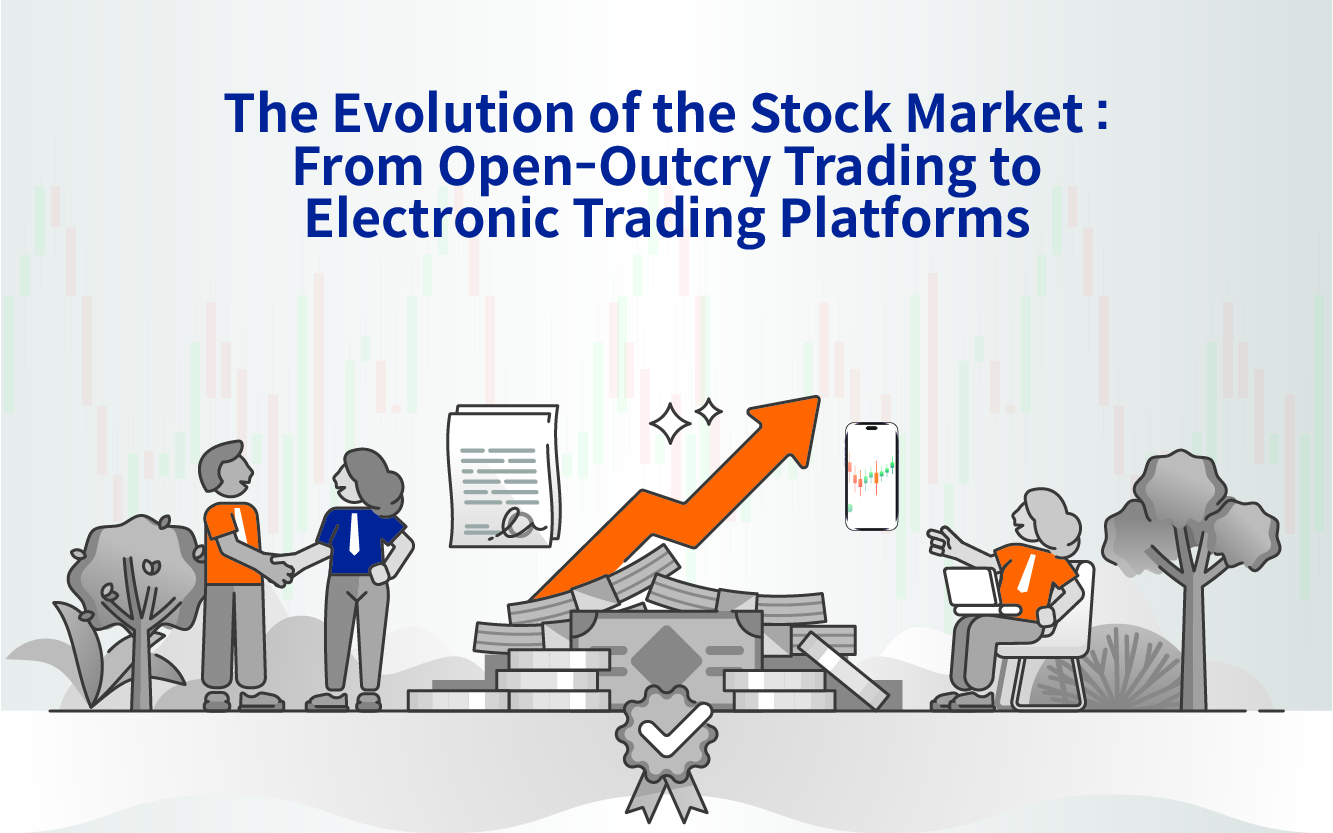

The history of the Indian stock market dates back to the 18th century when there was physical participation and exchange of company bonds, stocks, or debentures. Initially, there were very few traders who manually noted down prices, quantities, and names of shares. Transactions were settled physically on paper based on the best bid and ask rates. The Bombay Stock Exchange established in 1875 was the Native Shares and Stock Brokers Association. It was India’s first exchange for trading securities. Over time, 29 exchanges were established across India (8 national + 21 regional). But due to high transaction costs and low revenues, today only the Calcutta Stock Exchange, Bombay Stock Exchange (BSE), and the National Stock Exchange (NSE) are major players.
If you’ve seen the popular series “Scam 1992” (about the Harshad Mehta Scam). You witnessed how traders conducted deals sharply at 9 am daily, closing when markets shut. This trading floor was the hub where traders gestured, shouted for best buys/sells. Theu also communicated loudly—known as the “Open Outcry” method. Despite modern digital approaches, exchanges like the New York Stock Exchange and The Chicago Board of Trade still use outcry methods, preserving a historic place in stock exchange history.
The 1990s were pivotal for India’s economic history with liberalization reforms opening the economy, attracting foreign investment, removing trade barriers, and privatizing state-owned enterprises. The Securities and Exchange Board of India (SEBI) was established in 1988 to ensure stability, accountability, and transparency in investor capital protection. SEBI merged with the Forward Markets Commission (FMC) in 2015 to enhance market regulations, launch new products, and promote liquidity through domestic and institutional participation.
India recognized the urgency for electronic platforms in the 1990s following scams that eroded capital and investor trust. Scams like the 1990 securities scam and the early 2000s Ketan Parekh scam underscored the need for stock market reforms to prevent fraudulent practices. Globally, events like the US IT bubble highlighted market volatility and the need for transparency and regulation. Electronic trading platforms were introduced to replace human participation, ensuring backups and enhancing transparency, accessibility, and speed in trading processes.
In today’s rapidly evolving technological landscape, trading platforms facilitate transparency and participation among retail and institutional investors. They reduce costs, increase efficiency, enable global trading, and ensure financial transparency through algorithms. However, as technology advances with AI and machine learning, ethical implications arise in stock market practices. Balancing technological benefits with investor protection will be crucial for the future of stock markets.
Electronic trading platforms have revolutionized trading for both professional and retail traders worldwide, enhancing efficiency, reducing costs, and ensuring global settlements with increased transparency and algorithmic trading activities. However, the ethical implications of advancing AI and machine learning in stock market operations will require careful consideration to protect investor interests while fostering market growth.
To know more about our education offering in the fields of trading and investing go through our various courses and select the one which suits your requirements. To know more about these courses you may also attend our Free Webinar.
By enrolling in this stock market course, you can learn the basics and the various aspects of trading.